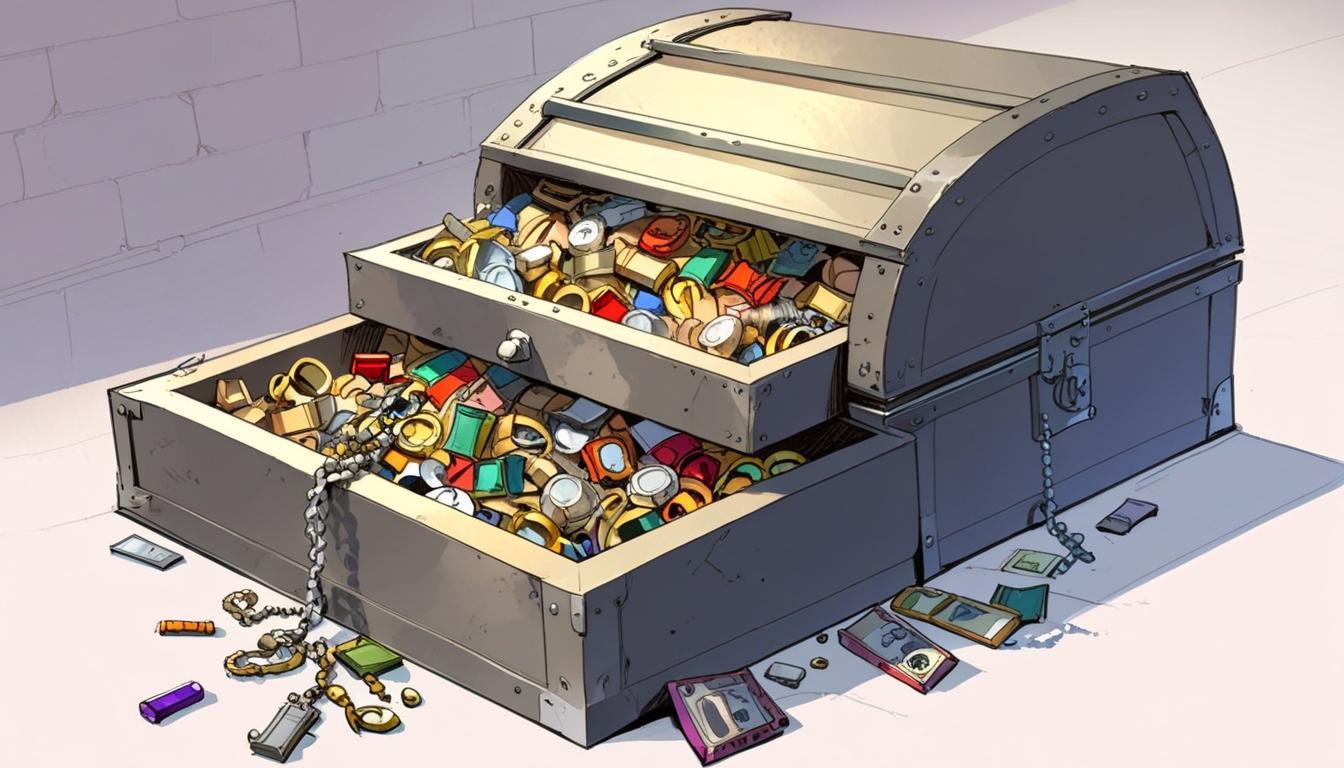The history of major heists in Britain features a catalogue of daring crimes involving intricate planning and extraordinary execution, with the stolen goods' value escalating dramatically when adjusted to present-day figures. These high-profile cases have captivated public attention and law enforcement efforts alike, representing some of the most significant criminal enterprises in the nation's history.
In London during the Easter weekend of 2015, the Hatton Garden Heist unfolded as six elderly men exploited the chaos caused by electrical fires in central London. These fires, producing noxious fumes and causing office evacuations, created a unique window during which the burglars accessed a safe deposit facility through an underground lift shaft. The group, including Brian Reader—linked to the notorious 1983 Brink's-Mat gold robbery—drilled into vault walls, making off with approximately £14 million (£18.5 million in today's money) in jewels and cash. The police later utilized CCTV footage and investigation into attempts to sell the stolen items to capture the offenders.
One of the earliest and most infamous of British thefts was the Great Train Robbery in 1963. A gang of fifteen men plotted for months and succeeded in intercepting a Royal Mail train travelling from Glasgow to London. By manipulating the railway's signalling system and overpowering staff, they seized £2.61 million—a staggering amount in the 1960s, worth around £69 million today. Despite many stolen items never being recovered, authorities eventually tracked the robbers to their hideout at Leatherslade Farm in Buckinghamshire. Notably, a Monopoly board discovered there played a pivotal role in linking the suspects through fingerprints.
The Securitas Depot Robbery in 2006 stands as the largest cash robbery in history in terms of the stolen amount. The burglary began with the abduction of Colin Dixon, the depot's manager, and his family at their home near Tonbridge Wells. Armed criminals forced Dixon to open the facility where newly printed Bank of England notes were held before distribution. With staff held captive, the thieves escaped with £53 million, later spending the funds freely while hiding across Europe. Police uncovered evidence in various locations, including laundry bags and garages, leading to arrests and the eventual closure of the depot.
The 1983 Brink's-Mat Robbery saw £26 million (equivalent to £102 million today) in gold bullion and diamonds stolen from a warehouse at Heathrow Airport. Six men orchestrated the theft with the help of a security guard, threatening staff and gaining access to the valuables. Interestingly, the robbers were unaware gold bullion was stored onsite until the operation commenced. The extensive investigation by the Metropolitan Police's Flying Squad culminated in the apprehension of all involved by 1989, six years after the heist.
Topping the list is the Knightsbridge Deposit Robbery of 1987, involving a staggering £60 million stolen—around £187 million in modern terms. Orchestrated by the prolific thief Valerio Viccei, the operation involved coercing the bank's manager through drug supply, enabling access to the vaults. On 12 July 1987, Viccei's gang executed a gunpoint robbery, misleading passersby with a closed sign while looting safes. Viccei fled to South America but was arrested in London while retrieving a luxury Ferrari. The discovery of his bloody fingerprint at the scene linked him conclusively to the crime.
The Daily Mail reports these heists among Britain's most notable in monetary value and complexity. The publication is also launching two new true crime podcasts: ‘The Trial: The Kim Kardashian Heist’, which covers the Paris trial of alleged robbers involved in the theft of Kim Kardashian's jewellery, and ‘Heists, Scams and Lies: The Hunt for Tamara Ecclestone’s Diamonds’, tracing the pursuit of stolen £25 million diamonds belonging to socialite Tamara Ecclestone. Both podcasts aim to provide in-depth coverage of high-profile thefts and their legal proceedings, signalling continuing public interest in extraordinary criminal cases.
Source: Noah Wire Services
